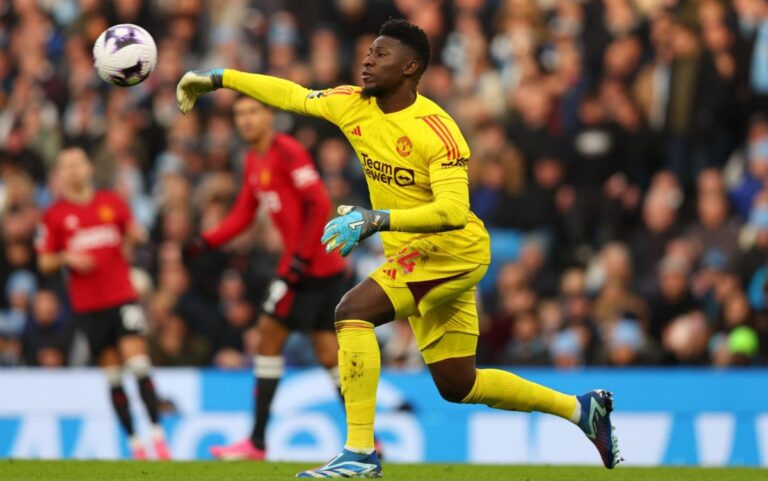
Erik ten Hag said before Sunday's derby that his set-up had caused “chaos” for Manchester City, but chaos is the right word to use when assessing Manchester United's performance at the Etihad. Ta.
In some ways, United's approach kept the game vaguely competitive, while Marcus Rashford's outstanding goal gave City a sense of crisis this afternoon. The city's superiority was also clearly demonstrated in other respects: territorial, statistical, and technological.
This reflected pre-match expectations, with United missing key players such as Rasmus Hjølund, Mason Mount, Luke Shaw and Lisandro Martinez. Ten Hag had to go back to the bench in the second half, unlucky, despite the signings of Anthony and Sofian Amrabat being under his watch. Rashford's wonder goal, also scored in the 8th minute, set the tone for the attacking vs. defending scenario, which is an important context when evaluating game data.
United's team sheet suggested they could feature a narrow midfield diamond of Coby Mainu, Casemiro, Bruno Fernandes and Scott McTominay behind the front two of Garnacho and Rashford. United had only used the system once before this season, and quickly figured it out during Brighton's 3-1 win last September.
Ten Hag has decided against the diamond, but it is probably wise for City to consider widening the pitch when building play. Instead, United resembled a 4-4-2 in the interim, pressing higher up the pitch, with Fernandes and McTominay moving forward ahead of Rashford and Garnacho, who were occupying wide midfield positions. was. As City held the ball higher up the pitch, McTominay dropped back to strengthen United's midfield in a defensive 4-5-1.
City had more touches in the penalty box in the first half despite United's numerical defense


Ten Hag said in a pre-match interview that United would use “reverse movements”, which is what coaching calls one player dropping deep and the other moving forward in parallel. revealed the same thing.
“Sometimes you drop a player or load up the midfield with a reverse movement to create a bit of chaos there, or you get an extra player there and use it to overload or run at the back. You can do that too,” Ten Hag said.
In Rashford's goal, Andre Onana's long kick forward was challenged by Ruben Dias, and it was Fernandes who passed the ball back to Rashford, who arrived late, and fired home. The expected role reversal. Moments later, McTominay exploited a gap in City's defense and was freed, allowing Rashford to miss a golden opportunity to volley home. Rashford also stumbled when he appeared to have completed a clean through from the halfway line in another promising early attack for United.
However, two problems emerged. The inability to move up the pitch and the fact that City put the ball into dangerous positions despite having a number of red shirts behind the ball. Ten Hag's use of Rashford and Garnacho was a factor in both, with United's fastest attackers unable to rise from the demanding role required of them. Their defensive deficiencies also allowed City to pass from the outside of United's shape to the inside. Erling Haaland's omission came from Rodri finding space in Garnacho's shadow.
United were compact from front to back, but not from right to left.


After half-time, United tried to at least hold on to the ball and move up the pitch, rather than kicking it away. Onana's pass selection showed this change in approach after the break, showing much more of a willingness to pass short and generally to the left. A pass to Casemiro in the 52nd minute began United's longest period of possession.
When United broke through City's press, their forwards were unable to get the ball past City's defence. Rashford was easily sidelined on several occasions due to poor movement. Onana's pass to the left made the absence of Shaw and Martinez keenly felt. Jonny Evans and makeshift left-back Victor Lindelof were unable to get open and play down the line for Rashford, as Shaw or Martinez might have done. Haaland's goal, which made the game safe, came after Amrabat was caught receiving the ball on the edge of the box, an indication of his technical limitations.
These are small fees, but Onana's lack of distribution was at least one layer of the philosophy United thought Ten Hag would bring to Old Trafford. But United don't yet have the next link in that chain. If only every player wanted the ball as much as the goalkeeper.
Broaden your horizons with award-winning British journalism. Try The Telegraph for free for 3 months. Get unlimited access to award-winning websites, exclusive apps, savings and more.

